Dog grooming is not just a luxury; it’s a crucial aspect of a dog’s health and well-being. Regular grooming keeps dogs comfortable, clean, and free from skin irritations and other health problems. This article delves into the art of dog grooming techniques, offering insights that cater to all breeds. Whether a seasoned dog owner or a new pet parent, understanding these grooming essentials will ensure the best care for furry companions. The guide covers everything from assessing grooming needs to brushing, bathing, and beyond, equipping readers with the knowledge to keep their dogs looking and feeling their best.
Assessing Your Dog’s Grooming Requirements
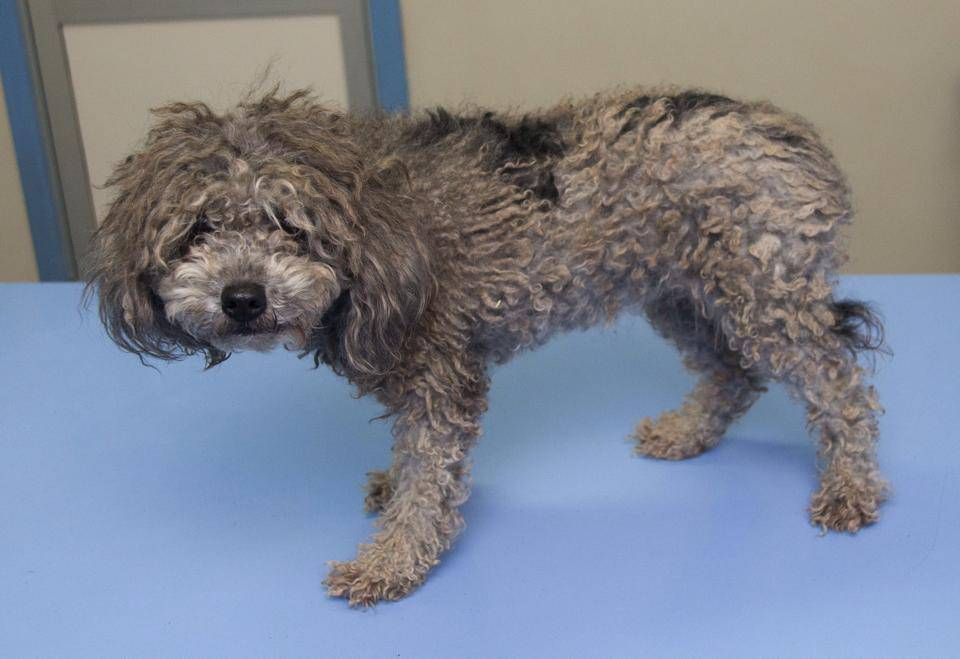
The type of coat your dog has plays a pivotal role in determining the grooming regimen needed. Dogs sport a variety of coat types, ranging from short and smooth to long and curly. Each type has its unique characteristics and challenges. For instance, short-haired dogs often require less frequent brushing but more regular baths, while long-haired breeds might need daily brushing to prevent tangles and mats. Understanding the specific needs of your dog’s coat is the first step in ensuring an effective grooming routine. This involves recognizing the thickness, length, and texture of their fur, which helps in selecting the right grooming tools and techniques.
It’s also important to consider factors like shedding and sensitivity. Some dogs shed seasonally and need extra grooming during these periods, while others may have sensitive skin that requires gentler products and techniques. Owners of mixed breeds might find their dogs have a combination of coat types, necessitating a more tailored approach to grooming. By identifying your dog’s specific coat type and its requirements, you set the stage for a grooming routine that not only keeps your dog looking great but also promotes their health and comfort.
Basic Grooming Tools and Their Uses
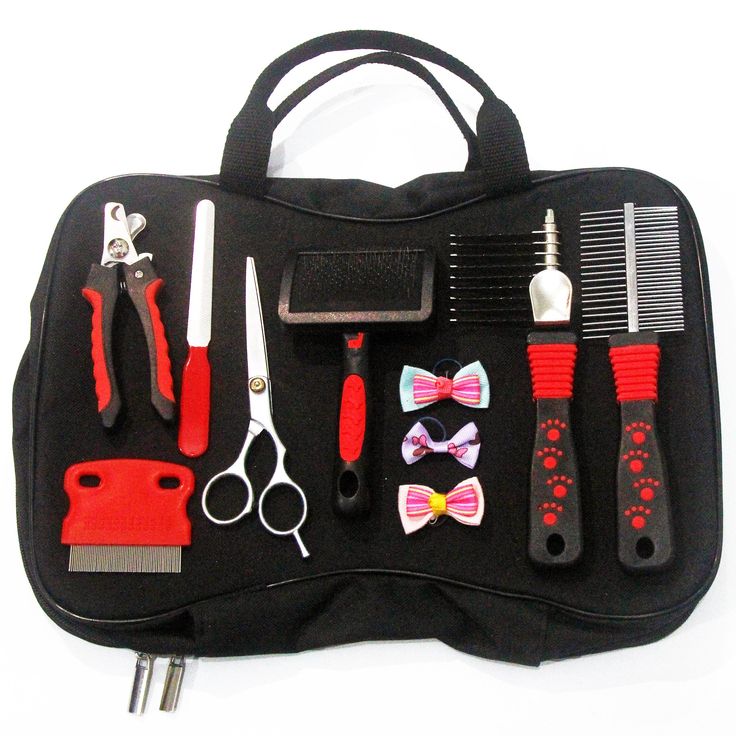
A well-equipped grooming toolkit is essential for maintaining your dog’s coat in top condition. The most fundamental tools include brushes, combs, clippers, and shears. Brushes come in various types, such as bristle, wire-pin, and slicker brushes, each suited for different coat types. Bristle brushes work well for short-haired breeds, wire-pin for medium to long-haired dogs, and slicker brushes are ideal for detangling and removing mats. Combs, particularly those with fine teeth, are great for finishing touches and checking for fleas.
Clippers and shears are crucial for dogs with fast-growing hair, enabling regular trims to maintain coat length and health. It’s essential to choose clippers that are suitable for your dog’s coat type and comfortable for you to handle. Maintenance of these tools is also key; regular cleaning and sharpening ensure they remain effective and safe to use. Having the right tools not only makes grooming more efficient but also more enjoyable for both you and your dog.
Bathing Your Dog: Techniques and Tips
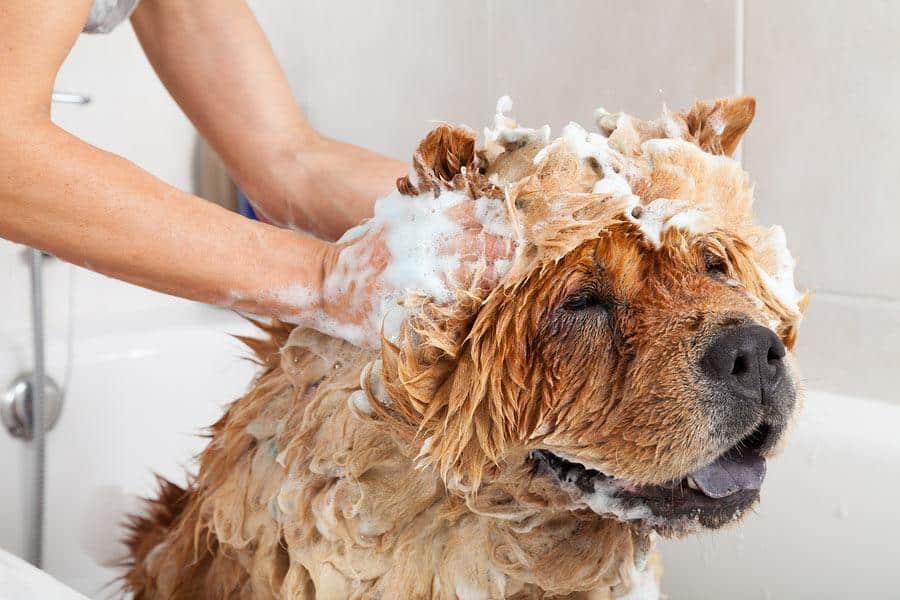
Bathing your dog is a fundamental aspect of grooming, but it can be a challenging experience for both the pet and the owner. Preparation is key. Start by brushing your dog to remove any loose fur and mats, as water can make matting worse. Ensure you have all your supplies – dog-specific shampoo, towels, and a non-slip mat – within easy reach. The water temperature should be lukewarm and comfortable for your dog’s sensitive skin.
The bathing process should be gentle and thorough. Apply shampoo in a massaging motion, carefully avoiding sensitive areas like the eyes and ears. Rinsing thoroughly is crucial to prevent skin irritation from shampoo residue. For dogs uncomfortable with bathing, frequent short sessions can help them acclimatize. Remember, the goal is to make bath time a positive experience, reinforcing it with praise and treats. A good bath not only cleans your dog but also provides an opportunity to check for any skin issues or abnormalities.
Brushing and Detangling
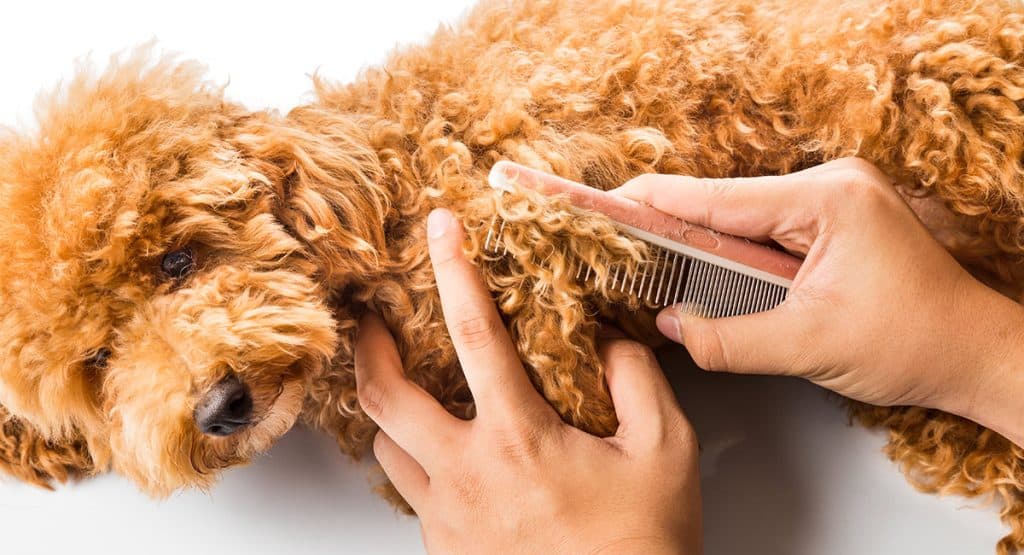
Brushing is a vital component of dog grooming, contributing significantly to the health of your dog’s coat and skin. Regular brushing removes loose hair, distributes natural oils, and keeps the coat shiny and healthy. The technique for brushing varies with the coat type. For instance, short-haired dogs may need only a quick brush-over with a bristle brush, while long-haired breeds require more thorough brushing with tools like pin brushes and undercoat rakes to prevent mats.
Detangling is particularly important for dogs with long or curly coats. Mats can be painful and lead to skin infections if not addressed. Start by gently working out tangles with your fingers, followed by a wide-toothed comb. For stubborn mats, a detangling spray or mat splitter can be useful. Regular brushing and detangling keep your dog looking neat and serve as a bonding experience, allowing you to closely inspect your dog’s skin and coat for any issues like lumps, bumps, or parasites.
Nail Trimming Essentials
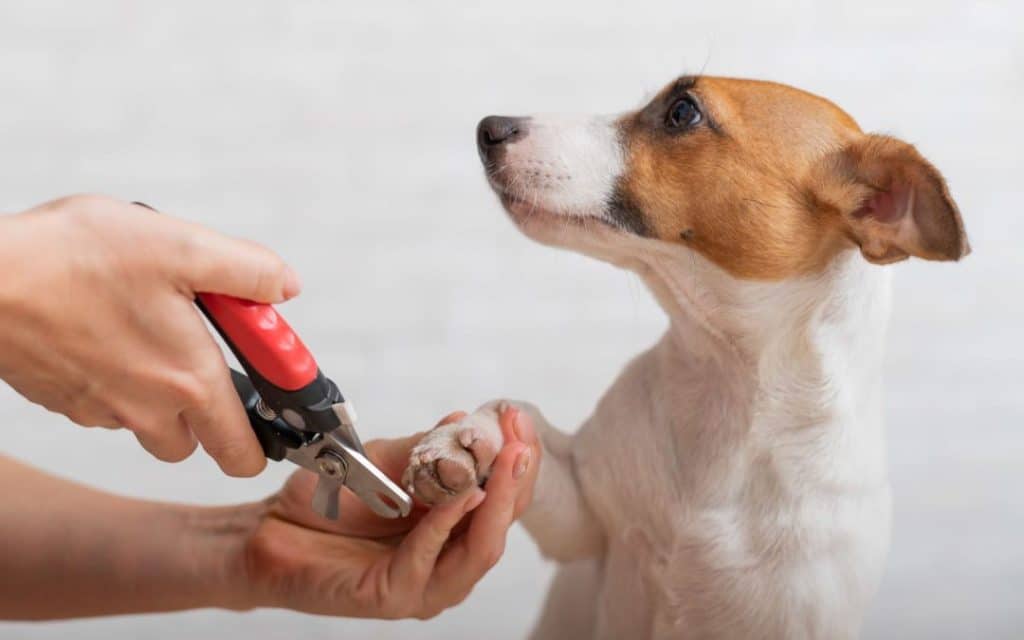
Regular nail trimming is essential in dog grooming, as overgrown nails can cause pain and lead to problems with walking and posture. Many dog owners find nail trimming daunting, but with the right tools and techniques, it can be a straightforward process. It’s crucial to use a sharp and appropriate-sized nail clipper for your dog. Begin by gently holding your dog’s paw and identifying the quick, the pink area within the nail where blood vessels and nerves are. Avoid cutting into the quick, as this can be painful and may cause bleeding. Instead, trim small portions of the nail at a time, and always have styptic powder or a similar product on hand to stop bleeding in case of accidents.
For dogs that are anxious or resistant to nail trimming, creating a positive association with the process is key. Start by touching and holding your dog’s paws regularly without clipping, offering treats and praise. Gradually introduce the clippers, allowing your dog to sniff and inspect them. Try clipping just one or two nails in a session, followed by rewards. Consistency and patience are crucial; over time, most dogs can learn to tolerate, if not enjoy, nail trimming sessions. Remember, keeping your dog’s nails at a proper length not only enhances their comfort but also contributes to their overall health and mobility.
Ear and Eye Care
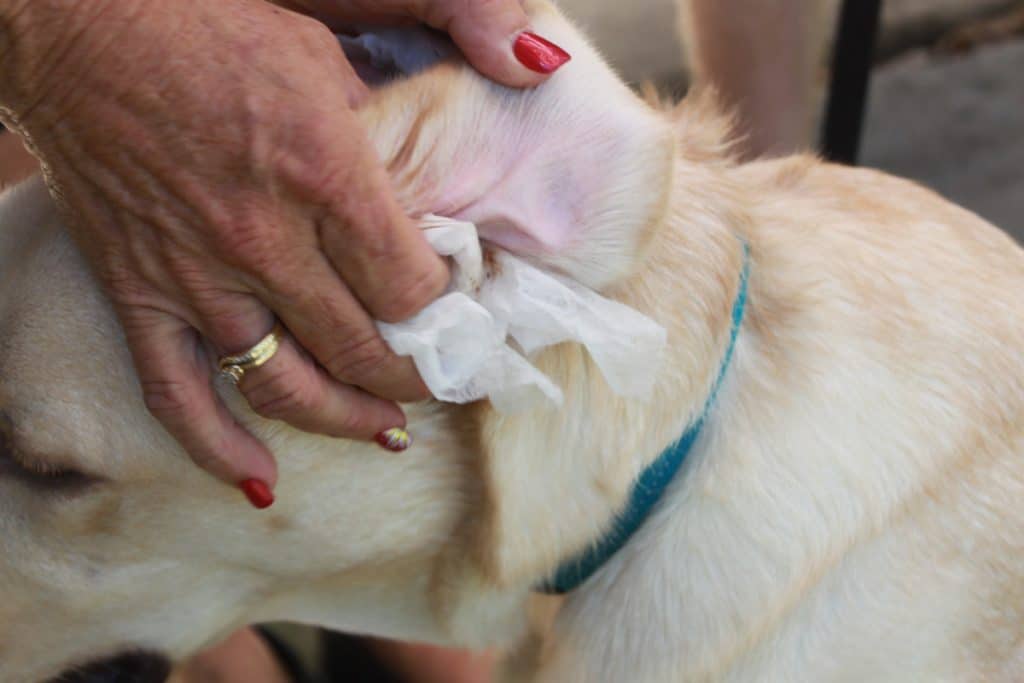
Ear and eye care are critical components of dog grooming that are often overlooked. For ear care, regular checking and cleaning can prevent a host of problems, including infections and mites. A dog’s ears should be checked weekly for signs of irritation, redness, or unusual odor. When cleaning, use a vet-recommended ear cleaning solution, and avoid inserting anything into the ear canal. Instead, gently clean the outer ear with a cotton ball or a soft cloth, being cautious not to over-clean, which can lead to irritation. If your dog shows signs of ear discomfort or infection, such as excessive scratching, head shaking, or discharge, consult a veterinarian promptly.
Eye care is similarly important. Regularly inspecting your dog’s eyes for redness, tearing, or discharge can help catch issues early. Gently wiping around your dog’s eyes with a soft, damp cloth can help prevent buildup and infection. Be cautious of breeds prone to eye problems; they may require more frequent or specialized care. Never use any products in or around your dog’s eyes without veterinary guidance. Keeping your dog’s eyes clean and monitoring for any changes are crucial steps in maintaining their overall health and well-being.
Oral Hygiene For Dogs
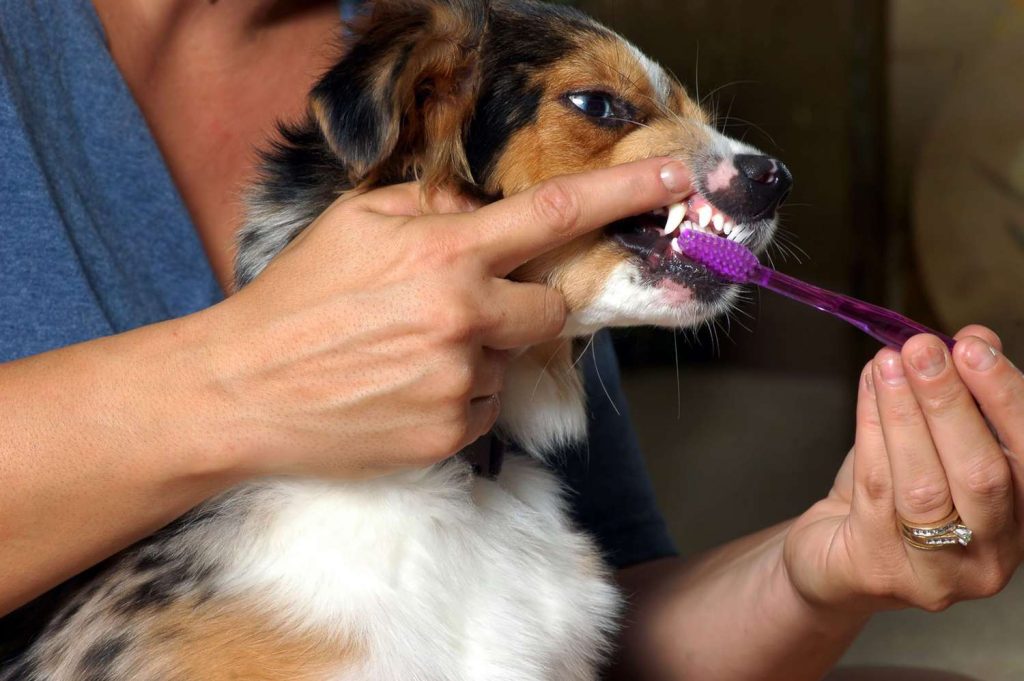
Oral hygiene is a vital yet often neglected aspect of dog grooming. Dental problems in dogs can lead to more serious health issues, including heart and kidney disease. Daily brushing is the most effective way to maintain your dog’s oral health. Use a dog-specific toothbrush and toothpaste, as human products are not suitable for dogs. Start by introducing your dog to the taste of the toothpaste and the sensation of the brush on their gums and teeth. Brush gently in a circular motion, focusing on the outer surfaces of the teeth where plaque tends to accumulate.
For dogs resistant to brushing, there are alternatives. Dental chews and toys can help reduce plaque and tartar buildup. These should be chosen based on your dog’s size and chewing habits and always under veterinary guidance. Regular dental check-ups with your vet are also essential to monitor and maintain your dog’s oral health. Remember, maintaining good oral hygiene is a key factor in ensuring your dog’s overall health and can prevent many dental diseases common in canines.
Professional Grooming: When To Seek Help
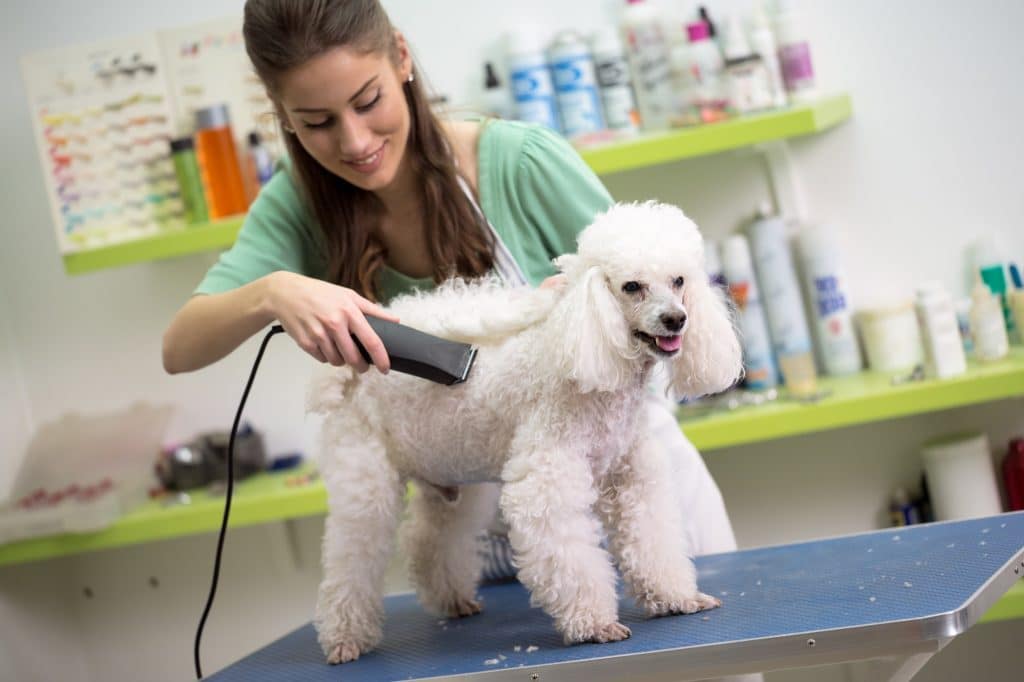
While many aspects of dog grooming can be handled at home, there are situations where seeking professional help is beneficial. Professional groomers are equipped to handle more challenging grooming tasks, such as deep mat removal, thorough ear cleaning, and specialized haircuts. They are also trained to handle dogs of different temperaments and those with special needs. If you’re uncertain about certain grooming tasks or if your dog exhibits anxiety or aggression during grooming, a professional groomer can ensure these tasks are completed safely and effectively.
Selecting the right professional groomer is crucial. Look for someone with good reviews, proper certification, and a clean, well-maintained facility. It’s also important to consider how they interact with your dog; a good groomer should be patient, gentle, and experienced in handling dogs. Professional grooming can be particularly useful for elderly dogs, those with thick or high-maintenance coats, and dogs with behavioral issues. Regular visits to a professional groomer can complement your home grooming routine, ensuring your dog is healthy, happy, and well-groomed.
Embrace The Art of Dog Grooming For a Thriving Pet
Grooming is more than just a routine; it’s an essential part of your dog’s health and happiness. This guide has equipped you with the fundamental techniques and knowledge to provide the best care for your furry friend. Remember, regular grooming not only maintains their physical well-being but also strengthens the bond between you and your dog. Take the first step today towards a healthier, happier pet by integrating these grooming practices into your regular care routine.